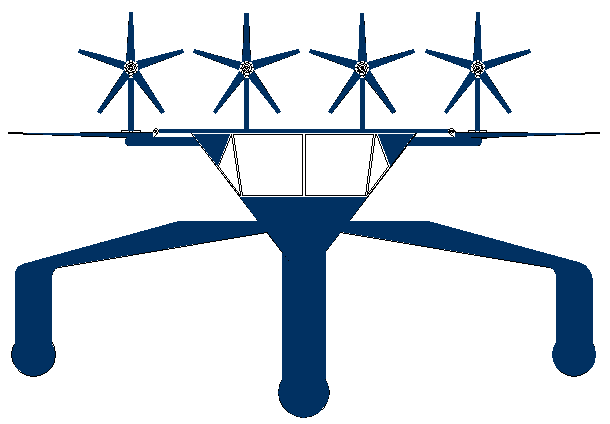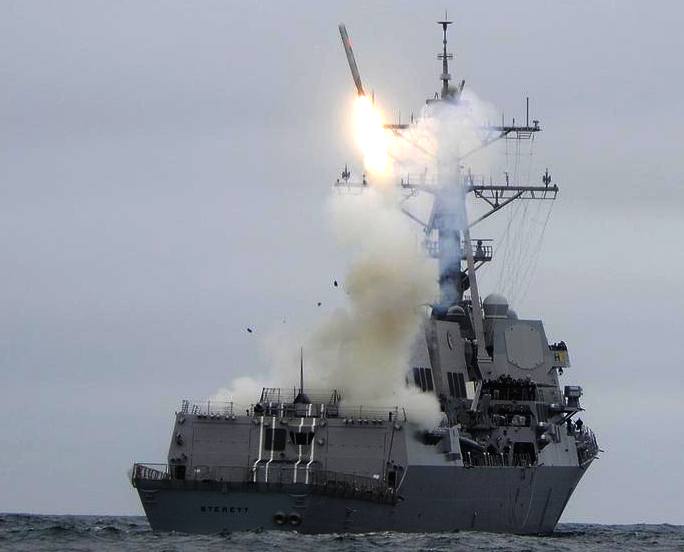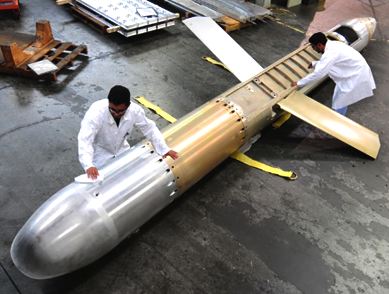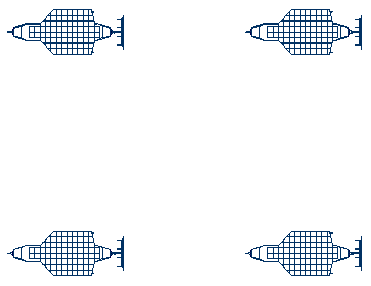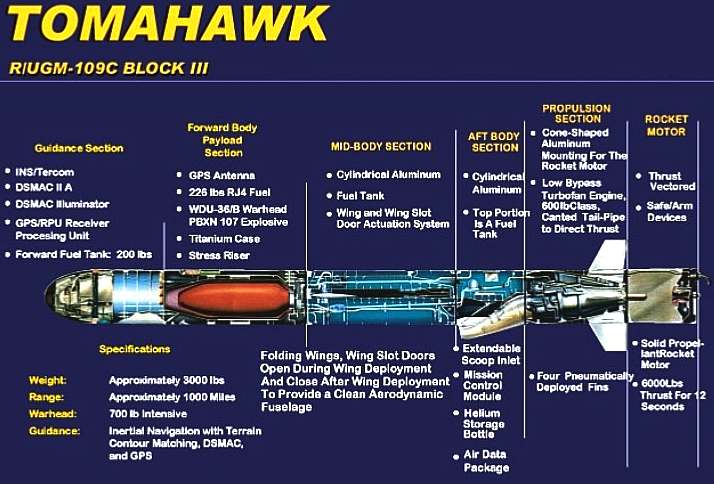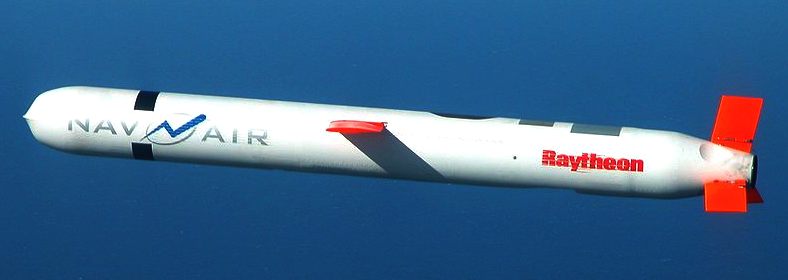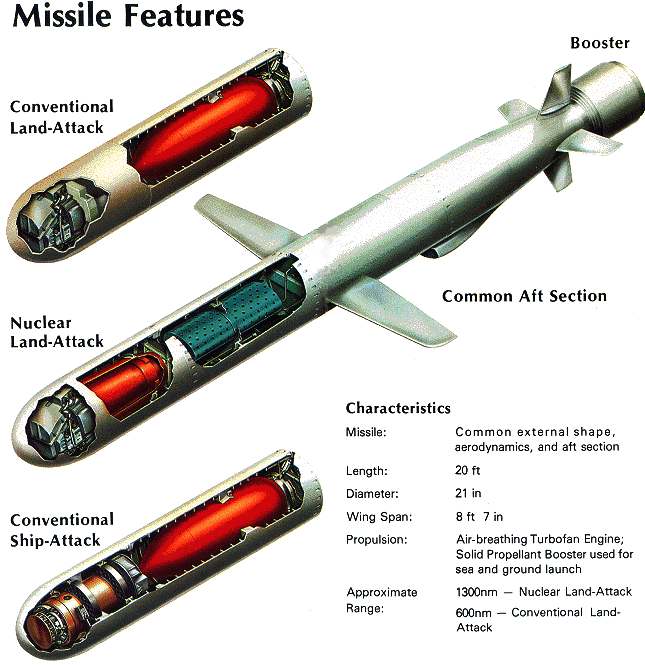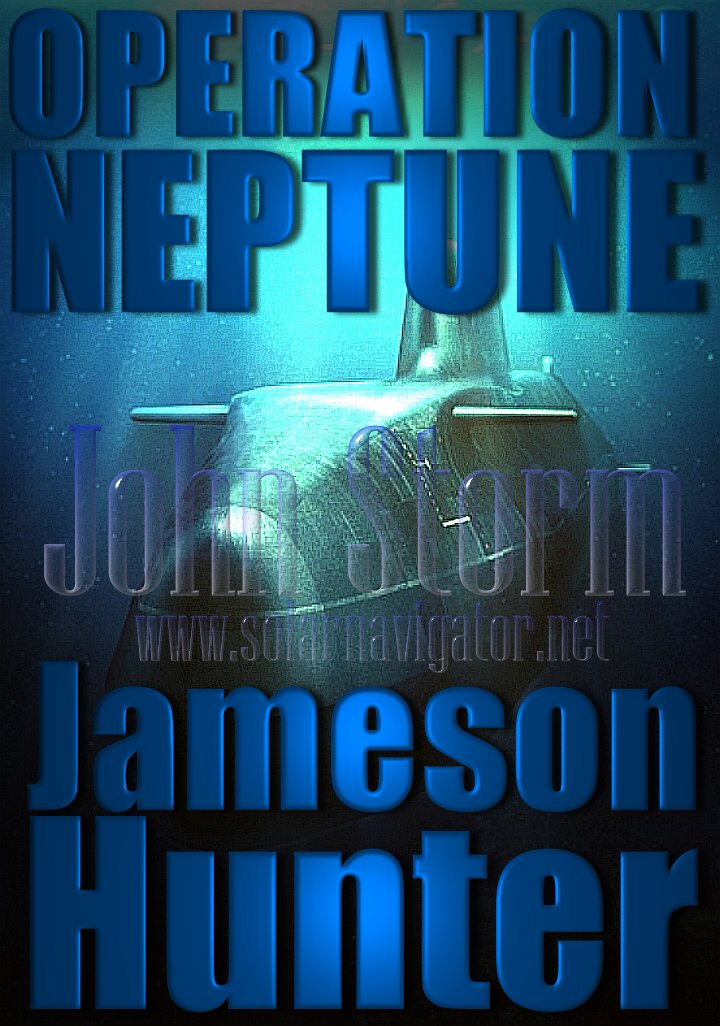|
INTERMEDIATE RANGE NUCLEAR CRUISE MISSILES
|
|||||||||||||||||||||||||||||||||||||||||||||||||||||||||||||||||||||||||||||||||||||||
|
UPPING THE STAKES
We have shown how to reduce the cost of naval operations by replacing conventional aircraft carriers and submarines with robot warships - and now we will investigate taking that strategic and cost advantage to the next level, by including cruise missile launch capability in an adapted Wolverine ZCC warship, to compliment surface to air missiles and torpedoes with intermediate range nuclear weapons.
The Intermediate Range Nuclear Forces Treaty of 1987 (INF) between the Soviet Union and the USA, effectively prevents those two countries from developing ZCC warships with intermediate range nuclear capability. With ICBMs weighing 30-50 tons a piece, a ZCC would have to be much larger, or sacrifice SAMs and torpedoes - leaving itself defenseless against conventional attack. This is thus not an option for a small battleship.
The INF agreement does not extend to Argentina, Brazil, China, India, Pakistan, North or South Korea, the Middle East and many other countries that have ample defense budgets for such projects, many of which are building up their naval strength and looking to future technology to gain an edge. Due to their existing supplier arrangements the US and Soviet Union will be unable (economically unwilling) to transfer technology. The move is more likely to come from a rising military star, or consortium of states with a longer forecast crystal ball.
THE UPGRADE COST
The price tag of a Tomahawk tactical cruise missile is in the region of $1.45m. Two-hundred and twenty-two of these will add $322 million to the budget. But in reality four units per warship is more realistic, so the figure us nearer $1.28 billion. Doubtless bulk buying will bring this down by negotiation - and of course there are other suitable missiles on the market, or soon coming onto the market which are bound to be more economical.
Other missiles that are suitable Tomahawk substitutes are:
RK-55 (Russia) Nirbay (India) DH-10 (China) Babur (Pakistan)
DEPLOYMENT ZONES - Wolverine ZCC operations as a basic deployment to give a robotic navy the ability to sink every nuclear submarine and every aircraft carrier that is afloat on the oceans today + 4 x cruise missiles per vessel. Total projected cost for such capability is under $12 billion US dollars.
TOMAHAWK CRUISE MISSILES
The Tomahawk missile family consists of a number of subsonic long range, all-weather, jet engine-powered missiles designed to attack a variety of surface targets. Although a number of launch platforms have been deployed or envisaged, only sea (both surface ship and submarine) launched variants are currently in service. Tomahawk has a modular design, allowing a wide variety of warhead, guidance, and range capabilities, including nuclear W80 warheads. They weigh 1300-1600 kg depending on boosters.
RK-55 or SAMPSON SS-N-21
The Novator RK-55 Granat (Russian: РК-55 Гранат 'Garnet'; NATO:SSC-X-4 'Slingshot'; GRAU:3K10) was a Soviet land-based cruise missile with a nuclear warhead. It was about to enter service in 1987 when such weapons were banned under the Intermediate-Range Nuclear Forces Treaty. A version launched from submarine torpedo tubes, the S-10 Granat (SS-N-21 'Sampson';GRAU:3M10), has apparently been converted to carry conventional warheads and continues in service to this day.
RK-55s weigh 1700kg with a 200kt nuclear warhead and a range of 3000 km.
ROYAL NAVY - TLAM
The Tomahawk IV known in the Royal Navy as TLAM (Tomahawk Land Attack Cruise Missile) allows submarines to strike at ground targets hundreds of miles inland with pinpoint accuracy.
LINKS & REFERENCE
List of sunken nuclear submarines http://www.military-today.com/navy/seawolf_class.htm HMS Astute 1st of Class HMS Vanguard- Trident INS Sindhurakshak - explosion & sinking Lusitania - Torpedo attack Predator - Covert submarine hunter/killer SAM - Surface to air missiles Seawolf - Autonomous wolf pack deployment of Predator mini-subs U20 - Kapitan Leutnant Walther Schwieger USS Bluefish WWI submarine USS Bluefish - Nuclear submarine USS Nautilus - 1st nuclear submarine & subsea north pole passage http://www.royalnavy.mod.uk/The-Fleet/Ships/Weapons-Systems/Tomahawk-Cruise-Missile
FICTION Operation Neptune - An advanced nuclear submarine is hijacked by environmental extremists intent on stopping pollution from the burning of fossil fuels. The extremists torpedo a number of oil rigs as part of a campaign to cause energy chaos, with bigger plans to come. If you enjoyed Battleship, Under Siege, Pacific Rim or The Hunt for Red October, this is a must for you.
BLUEFISH DEVELOPMENT PROJECT INDEX A-Z
|
|||||||||||||||||||||||||||||||||||||||||||||||||||||||||||||||||||||||||||||||||||||||
|
This website is Copyright © 2023 Bluebird Marine Systems. The names Bluebird, Bluefish, SeaNet, SeaWolf Ecostar BE4, Utopia Tristar and the blue bird and fish in flight logos are trademarks. All other trademarks are hereby acknowledged.
|
